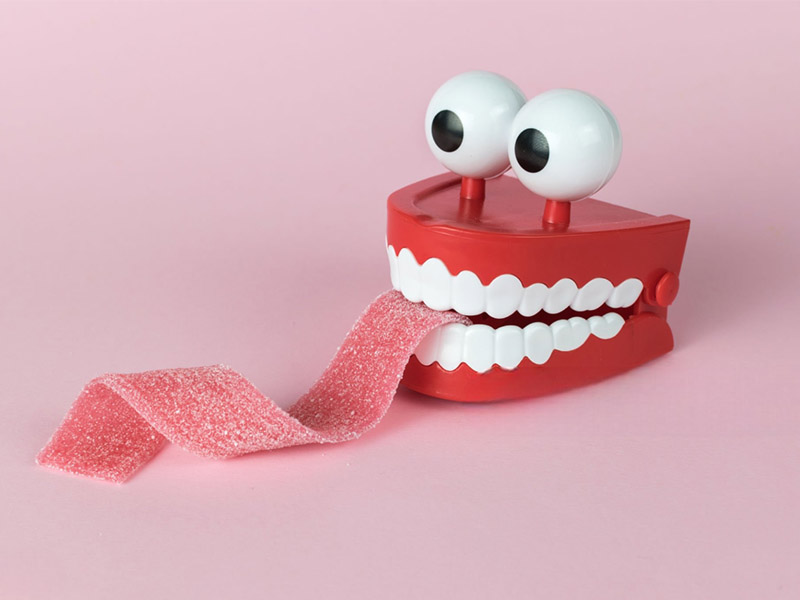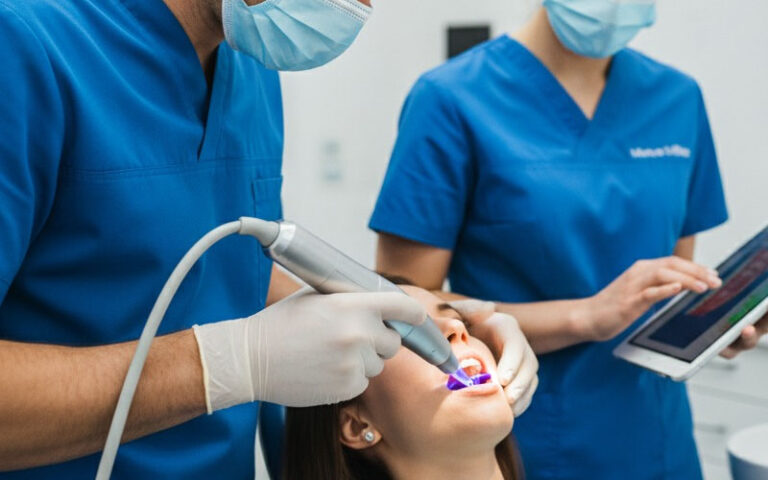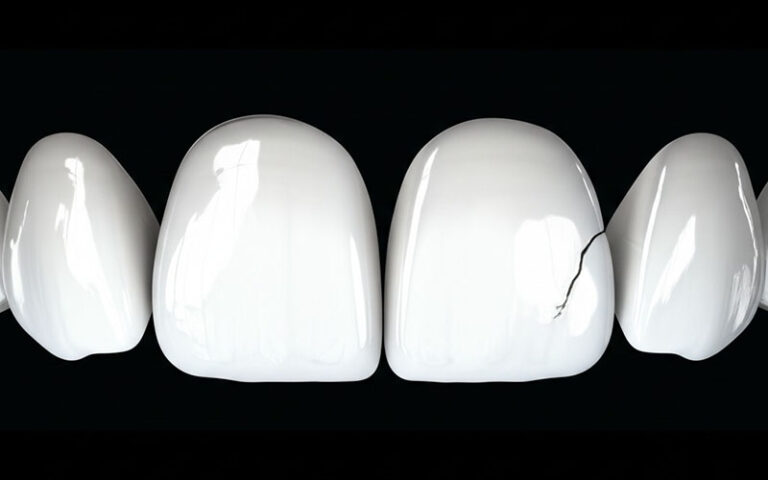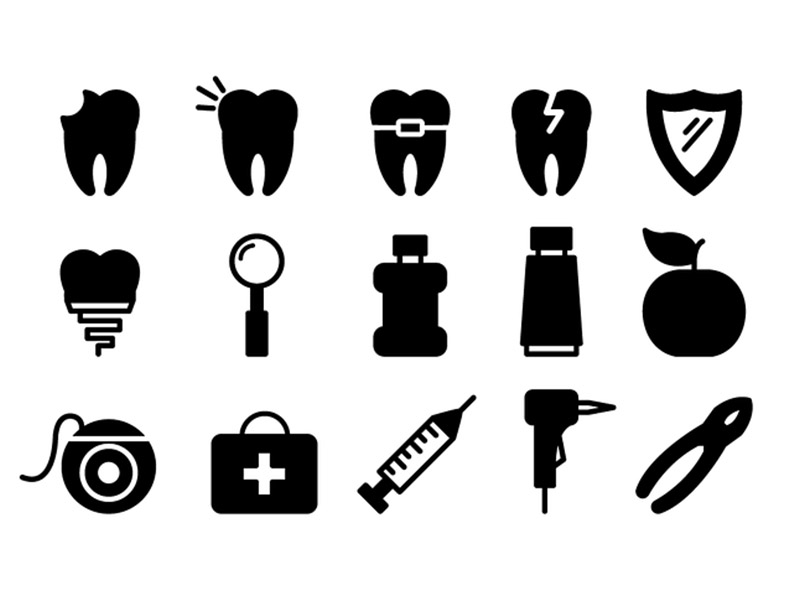
Gum Care Awareness: A Physician’s Guide to Preventing & Treating Periodontal Disease
Table of Contents
That Sore, Bleeding, or Swollen Gum—Is It Really a Big Deal?
If you’ve ever seen a little pink in the sink when you brush, maybe you just brushed it off. You might think, “Everybody’s gums bleed sometimes, right?” Or maybe you’ve worried about bad breath that won’t go away, puffy gums, or spots in your mouth that hurt. If any of this rings a bell, you’re not the only one. Gum problems are super common, but most folks don’t get just how important your gums are—not just for your teeth, but for your entire body.
Here’s the deal: Gum health isn’t just about teeth. If you ignore your gums, you could end up with tooth loss, pain, or even raise your chances of heart trouble, diabetes, problems in pregnancy, and more. But here’s some good news—gum disease is something you can stop and fix, and if you know what to look for, you can protect your smile and your health for a long, long time.
Let’s break it all down, answer your burning questions, and make gum care easy to understand and simple to do.
What We’ll Cover
- Why Gum Care Awareness Matters (and How It’s Tied to Your Health)
- What Healthy Gums Look and Feel Like
- The Full Story: Gingivitis, Periodontitis, and Everything in Between
- Main Risk Factors (It’s Not Just About Brushing)
- How Dentists Spot and Track Gum Disease
- Treatment Choices: From At-Home Care to Advanced Dental Help
- The Power of Prevention (Easy Habits that Matter)
- What’s New in Gum Care Research and Changes
- The Bottom Line: How You Can Take Charge Today
Why Gum Care Awareness Matters (The Physician’s Perspective)
Let’s be honest. Gums aren’t exciting. You rarely see toothpaste ads talking about gums. But as a doctor looking at the whole body, I see gums as the base of not only your mouth, but your health overall.
Your gums do more than just hold onto your teeth. They act as a wall, keeping out bad germs. When your gums are weak, sick, or shrinking? Suddenly, those germs aren’t just a tooth thing—they can sneak into your blood and cause problems way past your mouth.
The Mouth-Body Connection
Think of it like this: your mouth is the front door to your whole body. If the door’s busted, unwanted stuff can get in. Studies have shown that untreated gum disease is linked to:
- About twice the risk for heart attacks and strokes
- Harder-to-manage diabetes
- Higher chance of pregnancy problems
- Some ties to dementia, certain cancers, and even lung illness
This isn’t just scary talk—it’s backed up by science. That’s why I’m writing this from a doctor’s viewpoint: your mouth health and overall health go hand in hand.
What Do Healthy Gums Look Like?
Here’s a big question: “What do healthy gums look like?”
Healthy Gums Checklist:
- Color: Pink like coral (could be darker depending on your skin), not bright red or super pale.
- Texture: Firm and snug around each tooth—think turtleneck, not baggy socks.
- Feel: Don’t hurt when touched, aren’t swollen or soft.
- Everyday Life: Don’t bleed when brushing or flossing.
If you see blood, or your gums are red, puffy, or are pulling away from the teeth, it’s time to pay attention. Healthy gums keep your teeth in place and set up your bite and your smile.
The Full Story: Gingivitis, Periodontitis, and Everything in Between
So what happens when your gums go from healthy to not-so-healthy? It’s slow, which is why a lot of people don’t catch it early.
Gingivitis—The Early, Fixable Stage
What is it?
Gingivitis means your gums are irritated by sticky plaque on your teeth. Gums get red, puffy, and bleed easily.
The Good Part:
Gingivitis can be reversed if you take care of it early. Treat it like a warning light in your car—take action, fix the problem.
Common Signs:
- Bleeding when you brush or floss
- Gums are red or swollen
- Bad breath that sticks around
Periodontitis—When it Gets Worse
What if you don’t treat gingivitis?
It can turn into periodontitis. Now, plaque hardens into tartar (it’s like cement on your teeth), and germs dig deeper. Gums pull away from teeth, making spaces where more germs grow. The bone under your teeth can start to go away.
Types of Periodontitis:
- Chronic periodontitis: Most common. It moves slow but lasts a long time.
- Aggressive periodontitis: Moves fast—happens with some families more.
- Necrotizing periodontal disease: Rare but really bad, causes dying gum tissue.
Watch Out For:
- Gums pulling back from your teeth
- Gaps showing up between teeth
- Wiggle or moving teeth
- Pus from between gums and teeth
- Teeth looking longer (“long in the tooth” is real!)
- Yucky taste in your mouth
One Big Thing:
Periodontitis damage can’t always be undone. But if you catch it, you can stop it from getting worse.
Gum Disease by the Numbers: Quick Facts
- Around 47% of adults over 30 in the US have some gum disease (CDC)
- At 65 and older, that jumps to 70%
- Gum disease is the #1 reason adults lose teeth
- Smokers are twice as likely to have gum disease; diabetes raises the chance by 2–3 times
- Most adults have gum disease and don’t know it—it usually doesn’t hurt early on
Why Do People Get Gum Disease? (Top Risk Factors)
Yes, brushing and flossing are key. But there’s more to it.
Health Problems That Raise Your Risk:
- Diabetes: High blood sugar weakens your body’s fight against germs and feeds gum bugs.
- Heart disease: The same swelling that hurts your heart can hurt your gums.
- Immune problems: Can make it easier for gum infection to spread.
Daily Life Choices:
- Smoking or tobacco use: Stops gums from healing well.
- Bad eating habits: Not enough vitamin C? Gums take a hit.
- Stress: Lowers your ability to fight off infections.
Other Things That Matter:
- Family history: Some people just have “bad luck gums” even if they brush as they should.
- Hormone changes: Puberty, pregnancy, menopause make gums act up.
- Medications: Some drugs like birth control pills, antidepressants, or immune drugs can bother gums.
- Age/weak immune system: Older folks and those with weak immunity are at bigger risk.
Here’s what you should remember: Even if you brush and floss, other stuff makes a big difference too.

How Dentists Spot and Track Gum Disease
You might wonder what goes on in a “gum checkup.” It’s not just random poking—there’s real science here.
Here’s what your dentist looks for:
- Looking:
Checking if your gums are puffy, red, shrinking, or have pus. - Measuring:
Using a tiny tool, they check how much your gums have pulled away. Healthy gums have 1–3 mm. Deeper means trouble. - X-rays:
Shows if the bone around your teeth is thinning. - Gum Chart:
Keeps detailed notes so changes pop up early.
When to See a Gum Specialist?
If your dentist finds serious problems or you’re not getting better, you might see a gum doctor (periodontist).
Treatment Choices: From At-Home Care to Advanced Dental Help
Let’s go over your options—from what you can do today to what the pros can do.
Habits at Home: Your Main Defense
1. Brushing:
Brush two times a day with a soft-bristle brush. Don’t brush harder—brush smarter! Circles along your gums are best.
2. Flossing:
Floss acts like a “hug” for those tight spots your toothbrush skips. Try once a day.
3. Rinsing:
Antimicrobial (germ-fighting) mouthwash can cut down on germs. Ask your dentist—something that works for breath might not help with gum disease.
4. Eating Right:
Eat foods with vitamin C (like oranges, kiwi, bell peppers). Less sugar and balanced meals keep gums strong.
5. Stop Tobacco:
Quitting is one of the biggest things you can do for your mouth.
When You Need More Help: Dentist Treatments
Non-Surgical
- Professional Cleanings: Scrubs away the trouble you can’t see, even if you brush great.
- Scaling and Root Planing: Deeper cleaning under the gums gets out the hard stuff. This is the go-to for early and middle-stage gum problems.
- Germ-Killing Treatments: Some dentists put medicine in the gum pockets—right where it’s needed.
- Better Brushing Lessons: They coach you on brushing and flossing the right way.
Surgical (For Bad Cases)
Sometimes, you need an extra push.
- Flap Surgery: Lifting the gums to clean deep-down tartar and germs—“pocket reduction.”
- Bone Grafts: Using special stuff to build back lost bone around teeth.
- Gum Grafts: Covers up roots that are showing or builds up weak gums.
- Guided Tissue Regrow: Helps your body make new bone and gum instead of old, sick stuff.
- Dental Lasers: Lasers are becoming more common—less pain, faster bounce back.
Maintenance Visits
The real trick for a healthy mouth long term? Regular dentist visits and sticking to those at-home habits.
Fixing Teeth
If gum disease took a tooth (or caused lots of damage), your dental team may offer implants, crowns, or bridges. But you need healthy gums for these to work.
Weighing Your Choices: Pros and Cons
| Treatment | Pros | Cons |
|---|---|---|
| At-home brushing/flossing | Cheap, makes a big difference | Needs to be daily, takes a while |
| Professional cleanings | Gets hidden plaque/tartar | Needs trips to the dentist |
| Scaling/root planing | Stops moderate disease | Can be sore after |
| Antibiotic gels/chips | Targets germs | Temporary fix, not always used |
| Gum surgery/grafts | Fixes bad damage | Takes time to heal, costs more |
| Implants/crowns/bridges | Replaces lost teeth | Needs healthy gums, can cost a lot |
| Quitting smoking | Boosts health all over | Takes willpower and support |
There’s no single right answer. Your dentist or gum doctor will help you pick what’s best for you.
Who Should Watch Their Gums Closer? (Are You at Higher Risk?)
Some people need to pay extra attention:
- Diabetics: Gum health goes hand in hand with blood sugar
- Pregnant women: Hormones make gums red and puffy (“pregnancy gingivitis”)
- Smokers: Tobacco hides signs of trouble and slows healing
- Adults over 50: Older folks face higher risk, especially after 65
- Anyone on drugs that dry the mouth: Saliva protects gums; dry mouth ramps up risk
- Family history of gum problems
- Braces or dentures: Need more cleaning around those appliances
If you fit any of these, dentist checkups matter even more.
The Power of Prevention: Small Habits, Big Changes
You don’t need a bunch of fancy gadgets to keep your gums in shape. Here’s what works:
- Brush for 2 minutes, twice a day: Electric or regular—just make it count.
- Floss or use those little brush sticks: Get it as routine as washing your hands.
- Rinse smart: Germ-killing mouthwash can help.
- Eat smart: Fruits, veggies, lean meats. Not just heart-healthy—gums love them too.
- Drink water: Dry mouth helps germs—water is your buddy.
- Quit tobacco: This changes everything about how you heal and get gum disease.
- Control your health problems: Diabetes, heart disease—the better you do, the better your gums do.
- See your dentist twice a year: Even if your teeth feel fine. (With gum disease, you may need to go every 3–4 months.)
Prevention isn’t flashy, but it pays you back for the rest of your life.
Catch it Early = Healthy Mouth For Life
Most folks don’t notice gum disease until it’s late—by then, losing bone or teeth is much harder to fix. But catch it early and you can turn things around, keep your natural teeth, and skip big fixes later.
If you see:
- Any bleeding when you brush or floss
- Gums sore, red, or puffy
- Bad breath that sticks around
That’s your sign. Don’t wait for pain. Small steps now can save your smile for years.
The Future of Gum Care: What’s Coming Next?
Gum care is moving fast, and there are some cool new things ahead.
- At-home test kits: Imagine sending a quick swab or selfie to your dentist and getting a risk score.
- Grow-back treatments: Science is working on ways to remake lost gums and bone.
- Personalized plans: Soon, your genes and health could shape a plan just for you.
- Good bacteria supplements: Take “good guy” germs to crowd out the bad ones.
- Lasers/minimum surgery: Quicker healing, less pain, better results late in the game.
- Smarter education: From electric brushes that check your technique to online quizzes—more ways to keep track of your gum health.
Stay curious—these changes should make gum care easier and better for everyone.
Gum Disease FAQ: Quick Answers
Q: My gums bleed a little—is that bad?
A: Yes, even a little bleeding means trouble is starting. Gingivitis is easy to fix if you catch it early, but it won’t go away by itself.
Q: Can kids get gum disease?
A: Yes, kids and teens can get gingivitis. Good habits and regular dentist visits are the answer.
Q: Will gum disease make me lose teeth for sure?
A: Nope! Most people keep their teeth if they treat gum disease early.
Q: Can I use mouthwash instead of flossing?
A: Mouthwash might help, but flossing is the best way to clean between teeth.
Q: Can I fix gum disease on my own?
A: You can get rid of gingivitis with great home care and pro cleanings. If it’s moved to periodontitis, you need a dentist’s help to stop it from getting worse.
Your Simple Gum-Health Plan
Here’s your easy, no-nonsense summary:
- Bleeding, sore, or shrinking gums aren’t normal—catch it quick.
- Gum health is tied to your heart, blood sugar, pregnancy, and lots more.
- Good brushing, flossing, healthy eating, skipping tobacco, and dentist visits—your best bet.
- Catch gum disease early and you’ll save time, money, and your smile.
- Worried? Don’t wait—see a dental pro.
Remember: Your gums quietly protect your smile and your health. Pay attention to them, look after them, and they’ll do the same for you.
Got questions or need help?
Schedule with your dentist or periodontist—or reach out if you’re worried about your gums.
Sources:
- American Dental Association (ADA)
- Centers for Disease Control and Prevention: Periodontal Disease
- American Academy of Periodontology
- World Health Organization: Oral Health
Start looking after your gums today—your whole body will thank you later.








